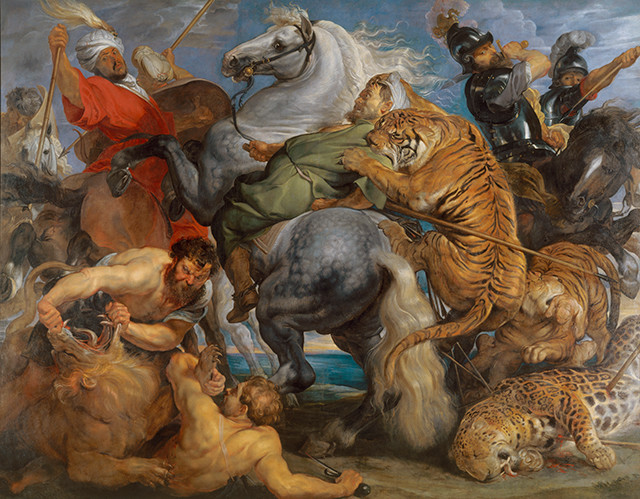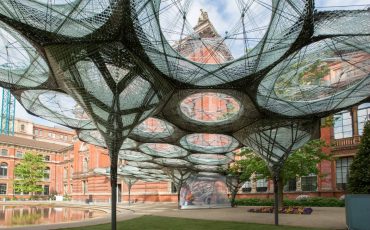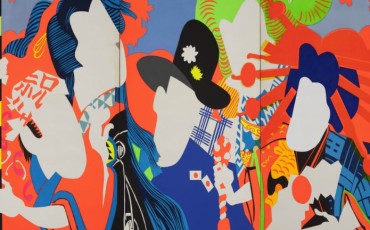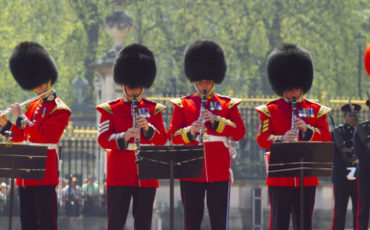This exhibition will bring together masterpieces produced during Rubens’ lifetime, as well as major works by great artists who were influenced by him in the generations that followed.
The influence of Rubens is seen in the prints of Picasso and Rembrandt, in the portraiture of Van Dyck, in the hunting scenes and devotional works of Delacroix, and in the landscapes of Constable and Gainsborough. Rubens, best known for his fleshy nude women, also embraced a broad array of subjects, from religious and mythological scenes to landscapes and portraits. Each of these areas are explored through six themes: power, lust, compassion, elegance, poetry and violence. This is an unprecedented opportunity to see masterpieces by Rubens side by side with the work of his artistic heirs. The exhibition is on at the Royal Academy of Arts from 24 January to 10 April 2015.

Peter Paul Reubens: Tiger, Lion, Lepoard Hunt 1616. Oil on Canvas. Rennes, Musee des Beaux-Arts. Photo: ©Royal Academy of Arts.







Leave a Reply